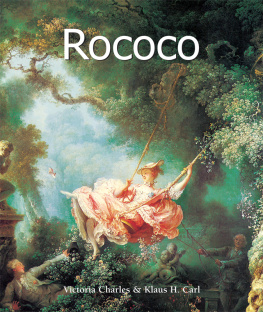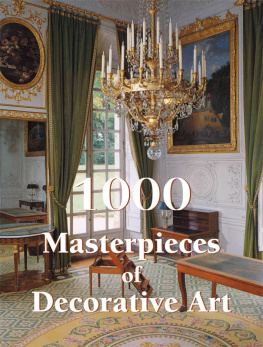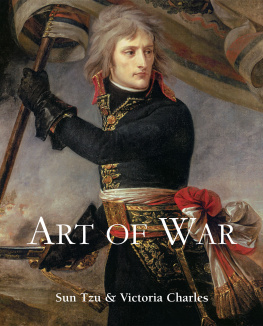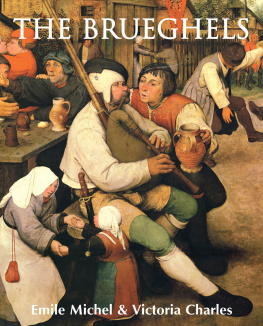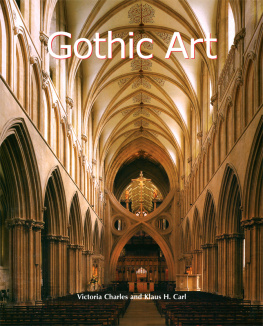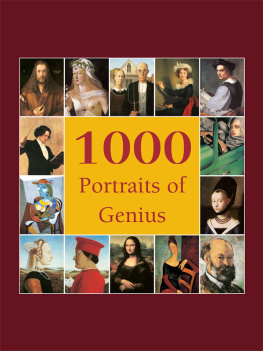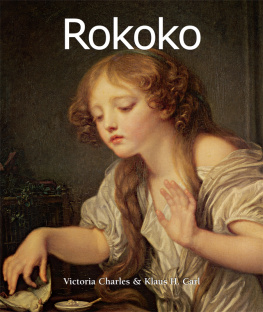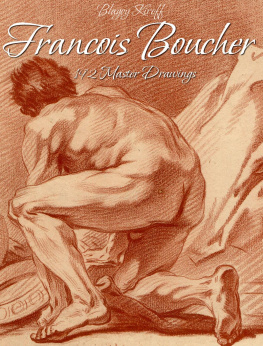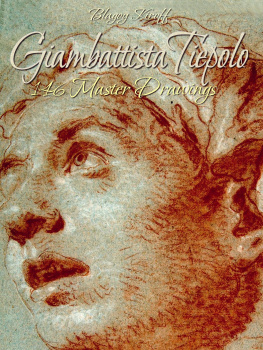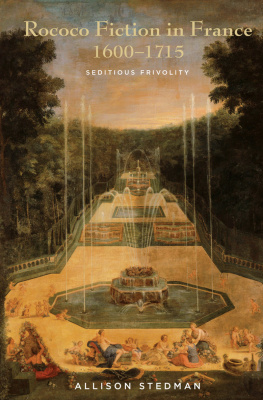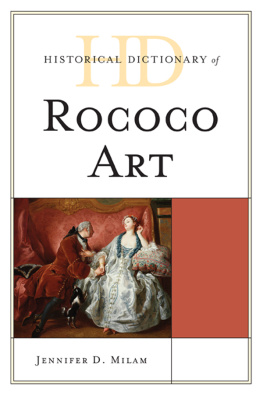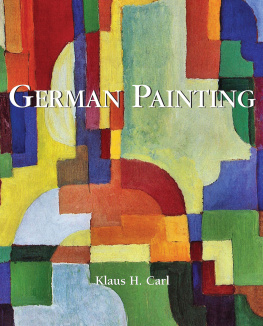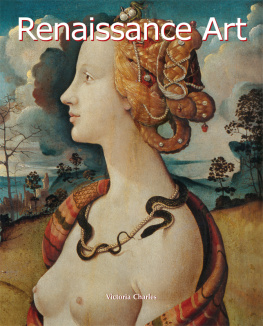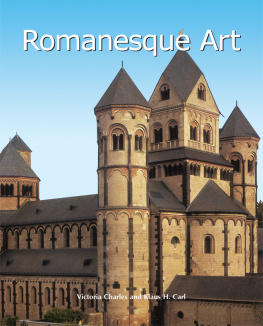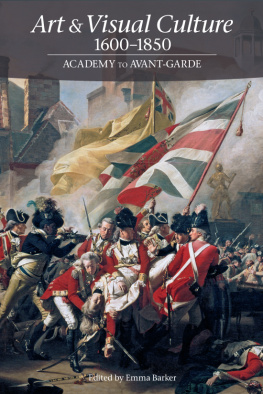Text: Victoria Charles and Klaus H. Carl
Layout:
Baseline Co. Ltd
61A-63A Vo Van Tan Street
4 th Floor
District 3, Ho Chi Minh City
Vietnam
Parkstone Press International, New York, USA
Confidential Concepts, Worldwide, USA
All rights reserved.
No part of this publication may be reproduced or adapted without the permission of the copyright holder, throughout the world. Unless otherwise specified, copyright on the works reproduced lies with the respective photographers. Despite intensive research, it has not always been possible to establish copyright ownership. Where this is the case, we would appreciate notification.
ISBN: 978-1-78310-390-4
Victoria Charles and Klaus H. Carl
Rococo

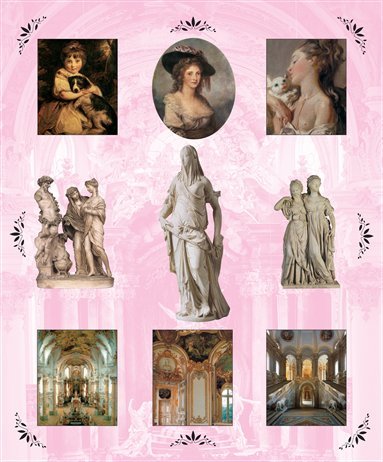
Contents
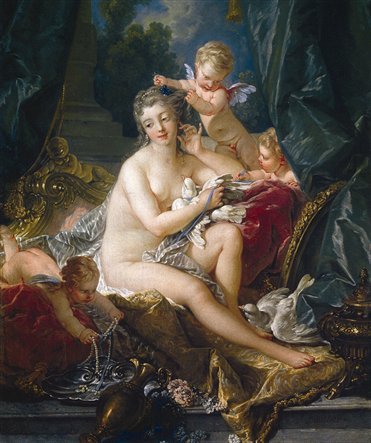
Franois Boucher, The Toilet of Venus, 1751.
Oil on canvas, 108.3 x 85.1 cm .
The Metropolitan Museum of Art, New York.
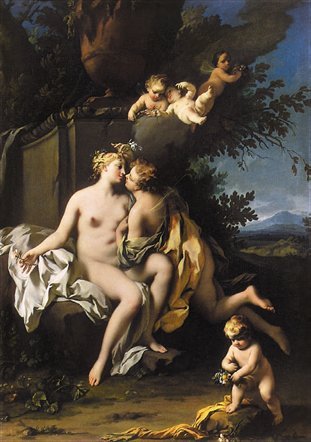
Jacopo Amigoni, Flora and Zephyr, 1748.
Oil on canvas, 213.4 x 147.3 cm.
The Metropolitan Museum of Art, New York.
Contemporary History
In the first quarter of the 18th century, in a barely noticeable transition, Baroque gave way to Rococo, also known as the late Baroque period. The unstoppable victory parade of the Age of Enlightenment, which began with the Reformation and the Renaissance, continued its unwavering march until the end of the 17th century in England, inching inexorably towards its climax, and throughout the 17th century formed the intellectual and cultural life of the entire 18th century. With this, the educated and prosperous bourgeoisie began to discuss works of art which had hitherto been largely left up to the nobility and the royal courts. If up until that point the clientele for architecture or paintings was drawn predominantly from the church and to a lesser extent from the nobility, and the artists were regarded rather as artisans organized into guilds, they now became individuals with independent professions. At the same time the artist was no longer obligated to create portraits or works based on mythology in accordance with never-changing, prescribed themes and commissions.
The most important instrument of the Enlightenment was prose, which was given a witty, inspirational, entertaining and universally comprehensible form in letters, pamphlets, treatises and historical works, since only these were able to reach the broad mass of the population. In France, between 1751 and 1775, the 29 volumes of the Encyclopdie were published jointly by Denis Diderot (1713-1784), Jean-Jacques Rousseau (1712-1778), Jean-Baptiste le Rond (1717-1783), who called himself dAlembert, Franois Marie Arouet (1694-1778), and the self-styled Voltaire. This encyclopedia encompassed not only the whole of human knowledge but also made available a collection of arguments against the fossilization of learning.
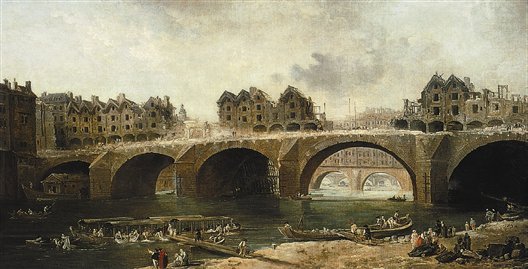
Hubert Robert, Demolition of thehouses on
the Pont Notre-Dame in 1786, 1786.
Oil on canvas, 73 x cm .
Muse du Louvre, Paris.
Absolutism was the norm, in an era in which rulers possessed unbridled power over their territories and were able to govern without any external controls or any obligation to their subjects. The instruments at their disposal were first and foremost the army, the Legislature with its officials bound by ties of unconditional obedience, the Church and finally the mercantile trading system. This era ended in France around the time of the death of Louis XIV (1715).
Wars
Other significant events during these absolutist years occurred in the first half of the restless 18th century, such as the victory over the Osmans (in 1717) of Prince Eugene of Savoy in the service of Austria. This victory inspired Carl Loewe (1796-1869) to compose the famous song Prince Eugene, Noble Knight. During the same year, the Hapsburg Maria Theresa (1717-1780) was born, later named the Archduchess and Queen of Hungary, in whose extensive collection of titles can also be found that of a Roman Empress. In Russia, Tsar Peter the Great (1672-1725) was still on the throne, and in the Italian state of Florence the Medicis continued to reign with Cosimo III (1642-1723). Between 1718 and 1729, and again from 1739 to 1748, England was fighting its wars against Spain, and the Russia-Austria alliance was again fighting the Turks in the 1730s. From 1740 to 1748, the War of the Austrian Succession raged with the First and Second Silesian Wars, in which European powers such as Bavaria, France, Prussia, the Netherlands and, of course, Austria partook.
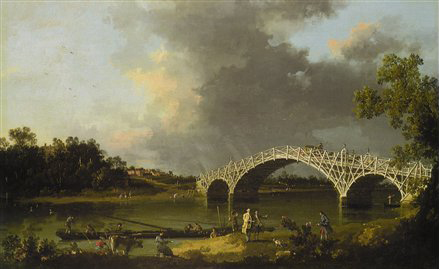
Canaletto (Antonio Canal),
A View of Walton Bridge, 1754.
Oil on canvas, 48.8 x 76.7 cm .
Dulwich Picture Gallery, London.
Nor was the second half of this century significantly more peaceful. It began in 1756 with all the major powers in Europe fighting the Seven Years War of Frederick II the Great of Prussia (1712-1786) who, with the two Schleswig Wars, had already brought his country to the edge of ruin against Austrias Empress Maria Theresa. Those then involved were in fact intensively preoccupied on three other continents with their colonial wars, but in 1754 faced a war against each other; it was not until 1756 that they concluded a non-aggression pact.
The last quarter of the 18th century finally came to an end with a few fairly short wars: the war of the Bavarian Succession in the years 1778-1779, the war between Russia and Sweden (1788-1790) and that between Russia and Poland in 1792 (the fifth conflict between these two nations), which did not directly concern Europe. Meanwhile on Russias throne was Tsarina Catherine II, also called Catherine the Great (1729-1796), who established her country as a major power. The English and the French were still busy fighting each other, and the Native Americans had to come to terms with the Declaration of Independence and the founding of the United States of America. The century ended, after the French Revolution of 1789, with the Bombardment of Valmy (1792) and the Revolutionary Wars, which crossed with Napoleon I into the 19th century.
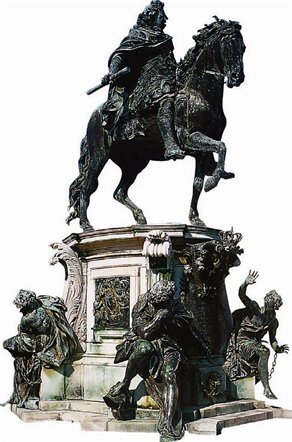
Andreas Schlter, Equestrian Statue of
Prince Elector Frederick William the Great, 1689-1703.
Bronze on stone base, height: 290 cm .
Schloss Charlottenburg, Berlin.
Music
The style and form of the music in France, which hitherto had been determined by Louis XIV (1638-1715), was in lively competition, especially in the operatic sphere, with Italian music; this reached its ultimate peak between 1752 and 1754 in the Buffonist conflict unleashed by Giovanni Battista Pergolesi (1720-1736) with his

